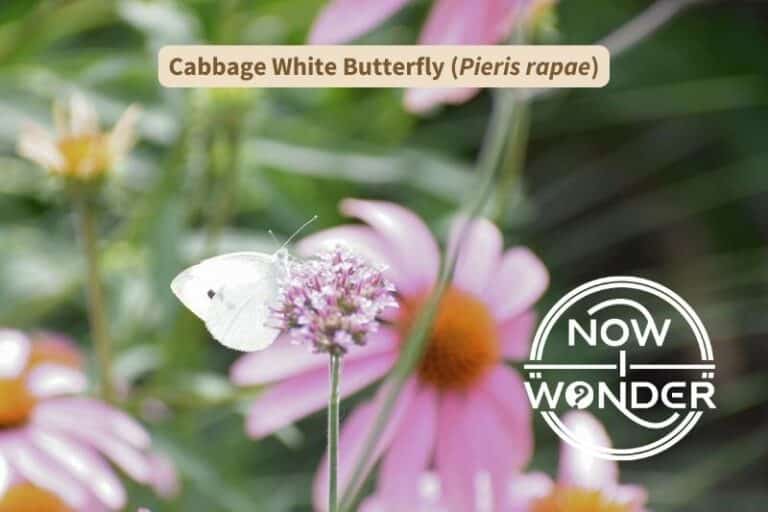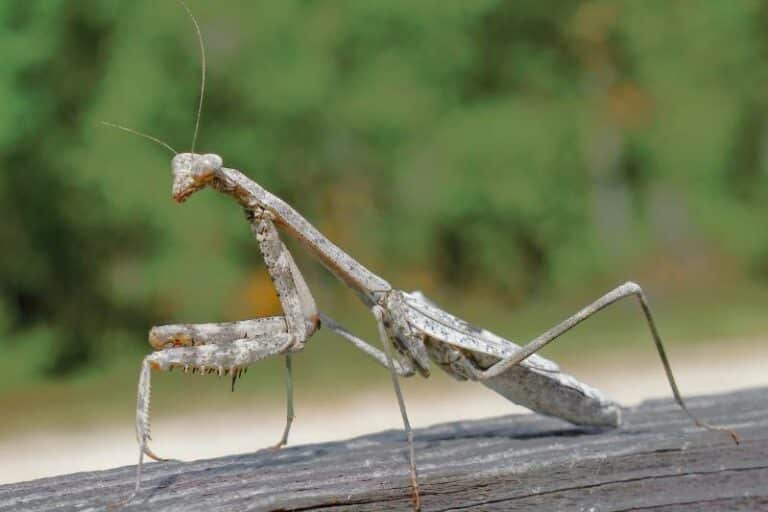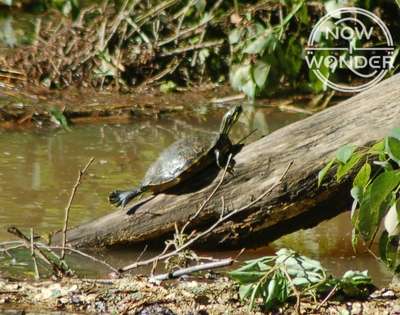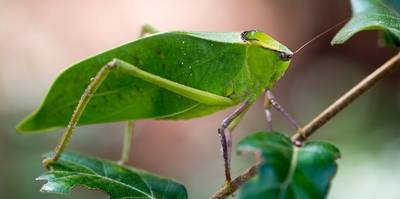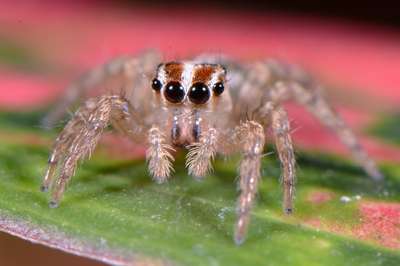Many people can recognize slugs on sight and find them disgusting. Fewer people know details about how slugs live and why they look as they do. That’s a shame. Slugs are fascinating creatures and if you’ve ever wondered – even for a moment – what a slug actually is, this post will help.
Slugs are soft-bodied, legless land animals with four sensory tentacles on their heads. Their bodies are covered in mucus, they breathe through a hole in their side, and move by contracting a muscular pad on the bottom of their bodies called a “foot”. They eat plants; some species eat other slugs.
Slugs are unlikely to win any beauty prizes but have evolved unique bodies and interesting behaviors. Read on to learn more about what they are and what they do.
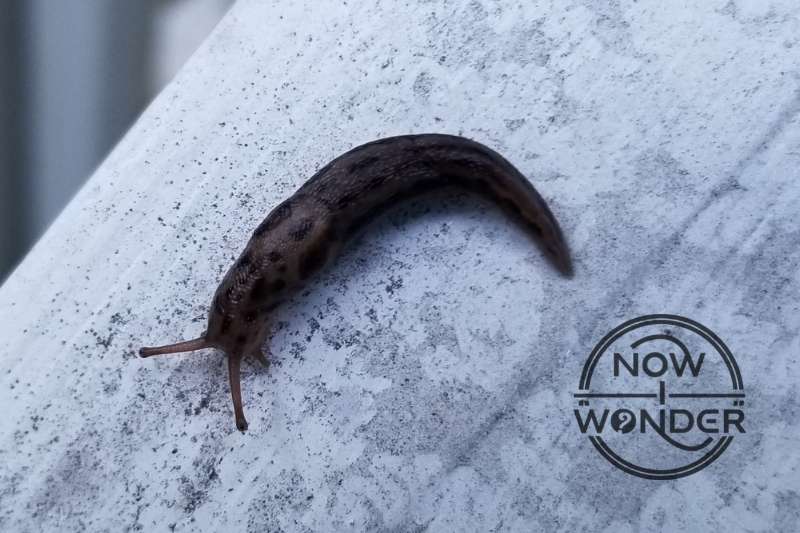
How are slugs classified?
Slugs are classified in Phylum Mollusca, Class Gastropoda and subclass Pulmonata. “Gastropoda” literally means “stomach foot” and refers to the muscular pad on the bottom of their bodies. “Pulmonata” refers to the hole in their sides through which they breathe.
Where are slugs found?
Slugs are found on land in cool, wet areas. Many species have been distributed to non-native habitats by human activity. Slugs are nocturnal and are common in gardens, yards, and around homes. During the day, they hide to avoid predators and conserve moisture.
Slugs lose a lot of water through evaporation from their skin. It doesn’t take very much for a slug to fatally dehydrate; a loss of only 20% will kill a slug (Capinera 2001). While their coating of slime helps minimize evaporation, slugs require cool, wet conditions. Slugs take in water both directly by drinking and indirectly by absorbing it through their skin.
Warm, dry temperatures and direct sunlight increase the amount of water a slug will lose. Therefore, slugs are most active at night and retreat to hiding places under leaf litter and within soil cracks in the early morning hours when they sense rising temperatures and brightening light.
While they can dig into soil (Capinera 2001), it is easier for them to do so in areas like garden beds where the soil has already been disturbed and loosened.
Many slugs feed on plants and hide near them during the day. As a result, they are easily picked up and shipped along with the plants when the plants are transported to other locations. Slugs can be major pests of agriculture and home gardens, especially those species introduced into new habitats due to human activity.
What do slugs look like?
Slugs have unsegmented, muscular bodies covered with viscous mucus, four tentacles on their heads and no legs. The underside of their body is a thickened pad that undulates when they crawl. They are usually brown, tan or gray and may have an oval humped area on their backs called the “mantle”.
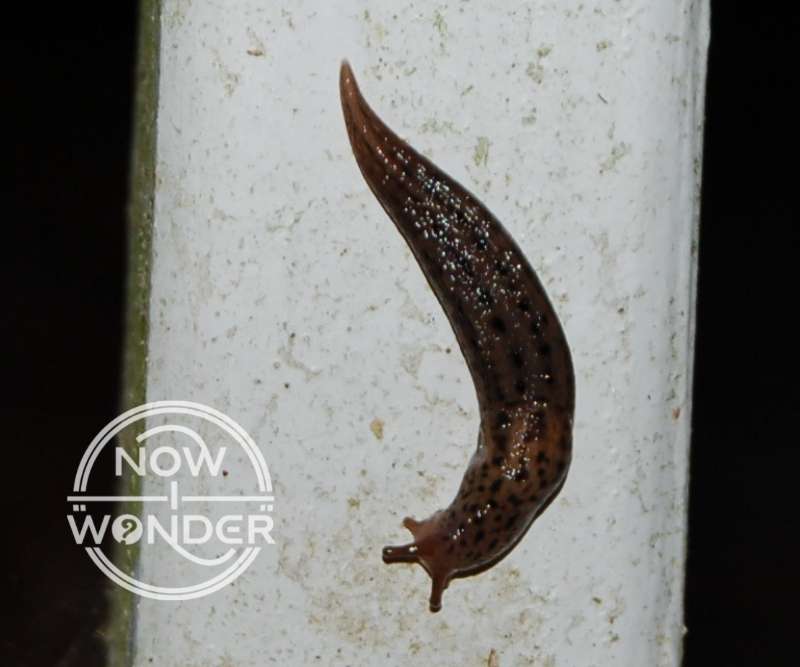
Slugs are invertebrates so they have no internal skeletons or backbones. All animals classified within Phylum Mollusca have hard, calcium-based shells – think clams, mussels and scallops. But in slugs, the shell is small and located under the skin.
Land slugs classified in Subclass Pulmonata have something called a “mantle” on their backs. The mantle is an oval, humped area on the first third of their bodies, behind their heads. The mantle holds the slug’s shell and also evolved as a lung in Pulmonata land slugs.
If you look closely, you can see an actual hole in a slug’s mantle called the “pneumostome” through which the slug breathes. While slugs have the equivalent of mouths on their heads for eating, they breathe through this hole in their side.
Some slugs overwinter by reducing their metabolic rate and close off their pneumostomes with mucus plugs until it is time to emerge in the spring.
Can slugs see?
Slugs see simple shapes and contrasts of light and dark. The eyes are on the tips of the longest pair of head tentacles. Each tentacle can move independently of the other which allows the slug to sense the direction from which light is coming and adjust its path to move away from it.
Slugs are nocturnal and avoid bright light when they can. Slug vision is adapted to sensing light because bright light generally means hotter temperatures, which puts slugs at risk of drying out too much and dying of dehydration.
Because bright, hot light can be so dangerous to slugs, they don’t rely on their eyes only to sense it. Their bodies and brains are also involved in sensing light and slugs that are illuminated will move away from light even if their eyes are non-functional. (Matsuo 2020)
While slugs can see, vision is not their primary sense; smell is. A slug has two pairs of tentacles on its head. The longer pair holds the eyes and the shorter pair detects odors in the environment. Slugs use smell to find food and locate mates by interpreting the odors left within slime trails of their fellow slugs.
When a slug smells an appealing odor, they move in the direction from which the odor originates. This behavior is called “odor-gated rheotaxis”. If you look closely at a slug on the move, you will see that the shorter tentacles are always tapping around to “sniff” the odors around it; by sensing the different concentrations of a scent across an area, a slug can determine which direction it should go.
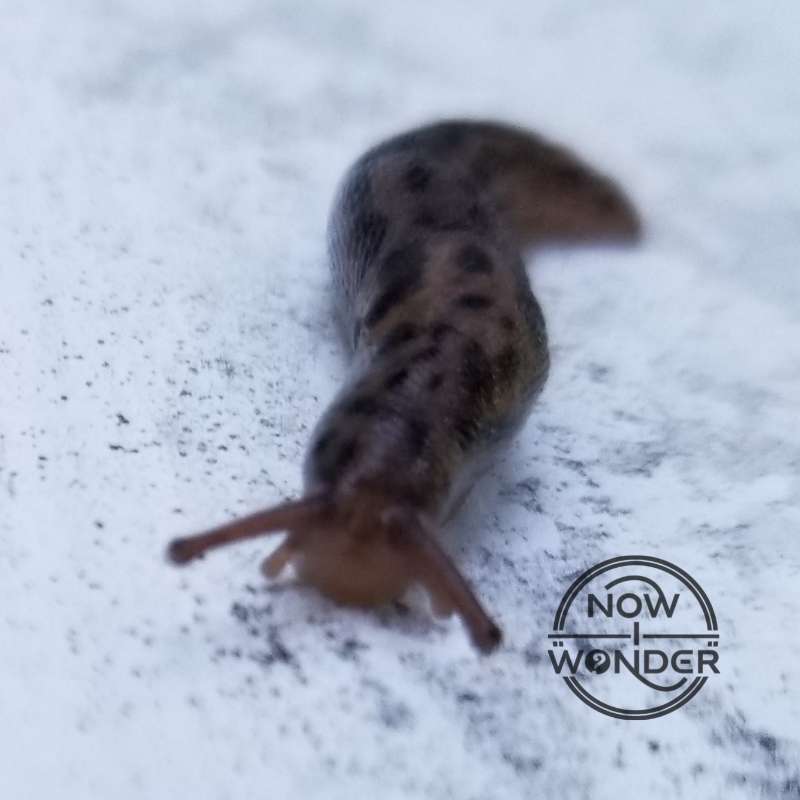
Why do slugs produce slime?
Slugs produce slime to minimize evaporation, lubricate their movement, and protect against injury. Slugs are not well-adapted to land and the mucus coating on their skin helps slow water loss into the air. Slug slime is viscous and helps the slug move across surfaces using its fleshy foot.
Slug mucus has a thick consistency due to the presence of sugars in the fluid (Leskow 2021). It acts as both an outer sealant against evaporation of water from within the slug and as an attractant that absorbs water from the environment. The ability of slug slime to attract water from the air is called “hygroscopic” (Nordsieck 2010).
As molluscs that evolved in water and only later transitioned to living on land, terrestrial slugs are always at risk of dying from dehydration and their slime coat is a major and vital adaptation to prevent this.
The slime layer under the the slug’s foot decreases friction and helps the slug glide faster. It also cushions the foot from injury when the slug crawls over rough or sharp surfaces and helps the slug adhere to vertical surfaces when needed during foraging, hunting and feeding.
Land slugs are part of the second largest invertebrate phylum in the world; their long, slimy bodies are here to stay. We humans don’t usually find mucus trails and tentacles appealing, nor do we appreciate the damage slugs do to our vegetable gardens. But take a moment to appreciate them for what they are; unique creatures that add immeasurably to the wonders of the natural world.
Related Now I Wonder Posts
If you’d like to learn about the differences between slugs and snails, check out my post “What is the difference between slugs and snails?”.
If you’d like to learn about one of the most common – and dramatic-looking – slugs found in the United States, check out my post “What is the large spotted slug called?”.
For information about what gastropods eat, check out my post “What do slugs eat?”.
References
Capinera, John L. “Slugs” Handbook of Vegetable Pests, Elsevier Science & Technology 2001.
de Silva, Samantha Mirhaya, David Chesmore, Jack Smith, and Gordon Port. “Listening to Slugs: Acceptability and Consumption of Molluscicide Pellets by the Grey Field Slug, Deroceras reticulatum.” Insects 12, no. 6 (2021): 548. https://www.mdpi.com/2075-4450/12/6/548
Leśków Anna, Tarnowska Małgorzata, Szczuka Izabela, and Diakowska Dorota. 2021. “The Effect of Biologically Active Compounds in the Mucus of Slugs on Human Skin Cells.” Scientific Reports (Nature Publisher Group) 11 (1). https://rdcu.be/cOCTL
Matsuo, Yuko, Haruka Nishiyama, and Ryota Matsuo. “Integration of ocular and non-ocular photosensory information in the brain of the terrestrial slug Limax.” Journal of Comparative Physiology A 206, no. 6 (2020): 907-919. https://doi.org/10.1007/s00359-020-01447-1
Montroni, Devis, Xiaolin Zhang, Janet Leonard, Murat Kaya, Chris Amemiya, Giuseppe Falini, and Marco Rolandi. “Structural characterization of the buccal mass of Ariolimax californicus (Gastropoda; Stylommatophora).” PloS one 14, no. 8 (2019): e0212249. https://doi.org/10.1371/journal.pone.0212249
Pavlova, Galina A. “The similarity of crawling mechanisms in aquatic and terrestrial gastropods.” Journal of Comparative Physiology A 205, no. 1 (2019): 1-11. https://doi.org/10.1007/s00359-018-1294-9


